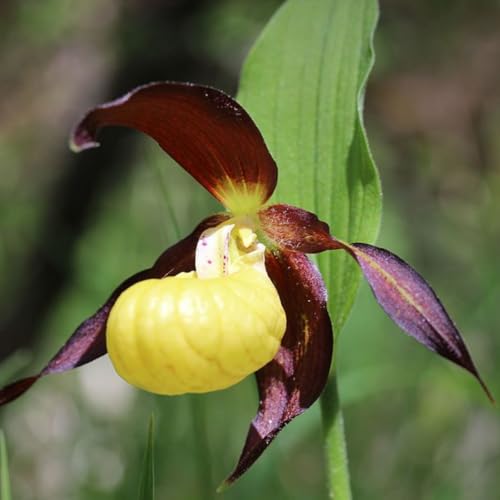Others older and wiser than me say increase the light; I am sure that is a major factor, but you did not need to hear the same advice a third time, so all I will write about is temperature.
I can really speak only to the Paphs, but I had a bear of a time blooming my first few. I would buy them in spike and they would grow for the first year, but the next year their health would decline. What I found out is that I was keeping their temperature too steady (~72-75oF all of the time). I grow mostly species, and I found that a good number of them need to have a cool spell in the year and fairly good temperature fluctuations (10-15oF) between night and day year-round. Now, I let most of mine (with a few exceptions) drop to about 60oF for 3-5 weeks around October, weather permitting, by opening the window near my growing table. The others, I cool as well, but to different specifications. Under this new system, I am blooming regularly, and my first few (who suffered through my mistake) are even recovering! NEVERTHELESS, CHECK SOME CULTURES FOR YOUR PLANTS BEFORE YOU TRY THIS, there are exceptions to this general rule and I do not want my advice to be the reason for your plants freezing to death.
If you are using a south-facing window for light, you should get an acceptable (although not optimal) temperature fluctuation from day to night (unless your climate control is superb), but your plants may not be getting their yearly cool down, and so are not sure what time of year it is. If they still think it is about to get cold for a while, they are not going to put energy into new growth that could be zapped by cooler temperatures in the future.
I hope this helps; it the only other problem of which I could think. As for the Phrags, does anyone else have any ideas or know about their temperature needs? Also, has anyone else had a similar experience with needing temperature drops for Paphs?












































